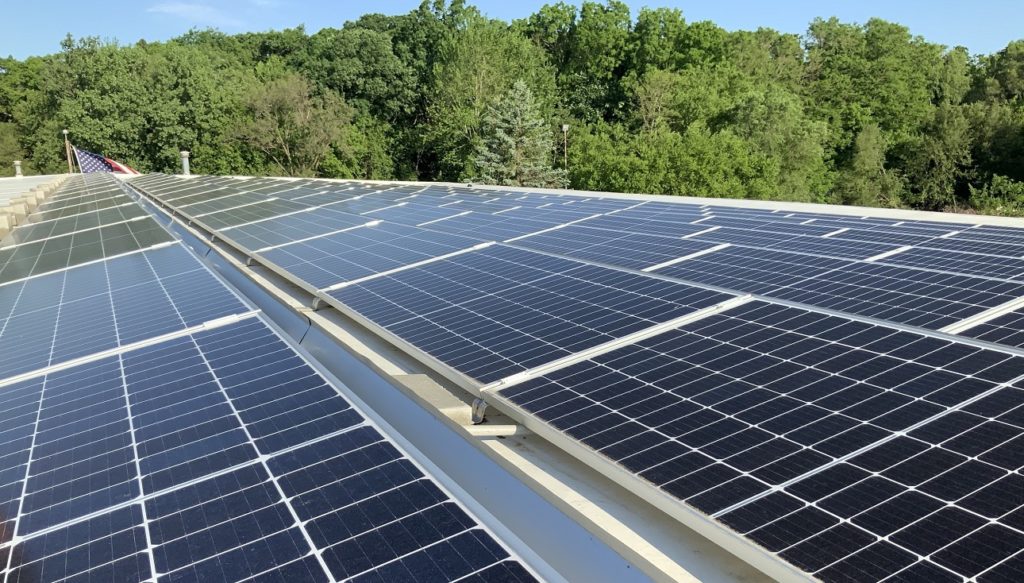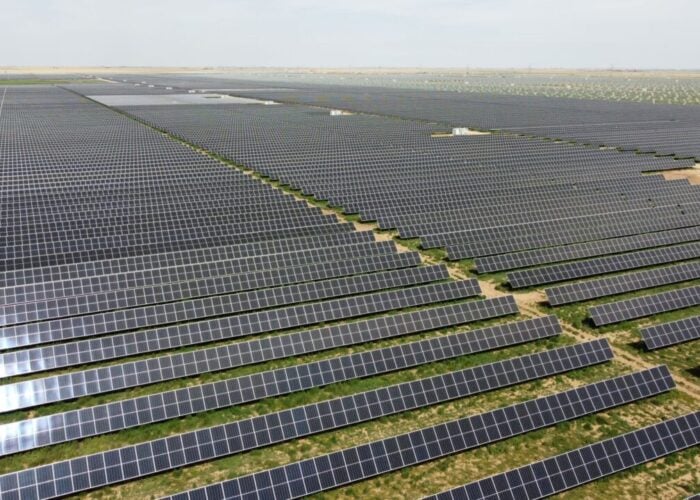
The Michigan Public Service Commission has approved an ambitious clean power plan put forward by US energy company DTE Energy to heavily increase the role of solar and renewable power in the state’s energy mix.
The project, the CleanVision Integrated Resource Plan (IRP), aims to dramatically reduce DTE’s reliance on fossil fuels for electricity production, targeting an 85% reduction in carbon dioxide emissions at DTE facilities over the next nine years. The IRP also aims to meet 85% of DTE customers’ electricity needs from wind and solar facilities alone.
Unlock unlimited access for 12 whole months of distinctive global analysis
Photovoltaics International is now included.
- Regular insight and analysis of the industry’s biggest developments
- In-depth interviews with the industry’s leading figures
- Unlimited digital access to the PV Tech Power journal catalogue
- Unlimited digital access to the Photovoltaics International journal catalogue
- Access to more than 1,000 technical papers
- Discounts on Solar Media’s portfolio of events, in-person and virtual
Or continue reading this article for free
The cornerstone of this plan is the retirement of the company’s Belle River and Monroe coal plants by 2032, and the replacement of this power capacity with significant new solar projects.
Between 2023-27, DTE plans to add 800MW of new solar capacity alongside 240MW of battery storage. The rate of new installations will increase to 3.6GW of new solar and 520MW of storage from 2028-32, before falling to 2.1GW of new capacity between 2032-42, alongside 1.05GW of storage.
“This has been a collaborative process, with input from key stakeholders, to ensure we have the best plan possible for our 2.3 million customers and the state of Michigan,” said Jerry Norcia, DTE chairman CEO. “We are transforming how we generate electricity – with the goal of getting as clean as we can as fast as we can – while ensuring we continue to produce energy that is reliable and affordable.”
Changing the Michigan energy mix
Should the IRP be realised, this would make a dramatic change to solar power in Michigan, which had just 1.04GW of capacity installed as of the first quarter of this year, according to the US Solar Energy Industries Association (SEIA).
The SEIA expects Michigan to add 2.6GW of new capacity over the next five years, with close to one-quarter of this capacity coming from the IRP, which would see Michigan have the 20th-most solar capacity in the US, up from 25th today.
The IRP will look to take advantage of changing attitudes towards solar power in the US, at least among DTE stakeholders, who have voiced their support for the solar facilities proposed in the plan. Stakeholders were polled on a number of energy sources – including solar, wind, gas and nuclear – and asked to rank each by how much it should contribute to Michigan’s energy mix in the future.
When asked about solar in residential settings, 63% of stakeholders said it should be a “major contributor” to Michigan’s energy, compared to 54% who said that wind should be a key component of Michigan energy, and 12% who said coal should be a major contributor. Similarly, 62% of stakeholders said solar should be similarly critical to community-level installations.
While the IRP does include plans for new wind installations, including a vast 7.9GW of new wind projects to be installed between 2032-42, the plan does not include new wind plants until 2028 at the earliest, so DTE will first focus on solar power to help meet its clean energy targets.
The news follows DTE’s signature of an agreement with 21 other Michigan organisations to deliver the plan, and with approval from the state government, DTE will be eager to begin work on the project.







